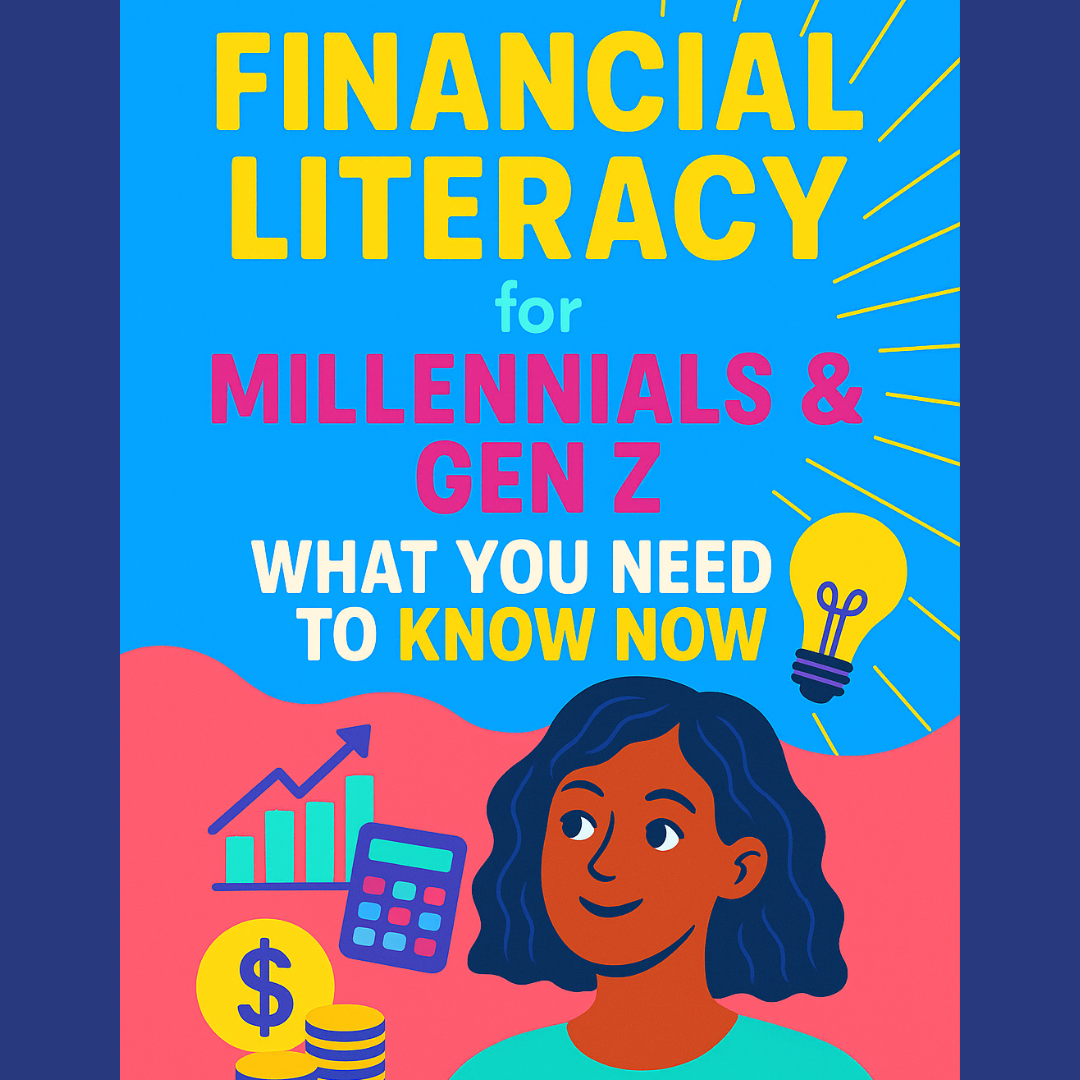If you’ve ever dreamed of starting your own business but thought, “I just don’t have the money,” you’re not alone—and you’re not out of options. The truth is, you don’t need a fat bank account to build a thriving business in 2025. What you need is resourcefulness, strategy, and bold action. With the right mindset and a step-by-step plan, you can turn your idea into income—starting from zero.
Thanks to the rise of digital tools, social media, and the creator economy, the cost of entry into entrepreneurship has never been lower. People are launching businesses from their living rooms with just a smartphone, Wi-Fi, and a dream. And if they can do it, so can you.
In this step-by-step guide, you’ll learn exactly how to start your business with no money—no fluff, no jargon, just real, practical steps you can take today. Let’s unlock your financial freedom and show the world what you’re made of.
Step 1: Start with What You Know and What You Have
Before you worry about funding, focus on your biggest asset: you. Your skills, talents, life experiences, passions, and even your challenges hold the key to your business idea. You don’t need to invent something new—you just need to solve a problem people are willing to pay for.
Ask yourself:
- What do people often come to me for help with?
- What have I overcome or learned that others still struggle with?
- What skills or hobbies do I already have that can be monetized?
Turn that into a simple, clear offer. Whether it’s tutoring, graphic design, fitness coaching, content creation, or digital products—your business begins with identifying how you can serve others using what you already know.
Step 2: Choose a Lean Business Model
Not all businesses require warehouses, storefronts, or big startup capital. In fact, some of the most profitable online businesses today started as lean, bootstrapped ventures. Consider these no-cost or low-cost models:
- Freelancing (writing, design, web development, marketing)
- Consulting or coaching (business, health, life, mindset)
- Digital products (eBooks, templates, printables, online courses)
- Dropshipping or print-on-demand
- Affiliate marketing or influencer brand partnerships
These models allow you to start small, validate your idea, and scale up without major overhead.
Step 3: Validate Your Idea Before You Build
Here’s the mistake most new entrepreneurs make: they spend time and energy creating a website, logo, and business cards—before knowing if anyone will actually buy what they’re selling.
Instead, test your idea fast and free. How? Start talking about it. Use your existing network. Post on social media. Join Facebook groups or LinkedIn communities where your ideal clients hang out. Offer a free discovery call or sample of your work in exchange for feedback or testimonials.
The goal is to confirm there’s real demand for your product or service. Once someone says, “I need that—how can I pay you?” you’re in business.
Step 4: Use Free Tools to Get Started
You don’t need fancy software to launch—you just need the right free tools. Here’s your essential startup toolkit (all free or freemium):
- Canva – for branding, social media graphics, eBooks, and pitch decks
- Google Workspace – for docs, spreadsheets, and a professional email
- Stripe or PayPal – to accept payments online
- Calendly – to schedule calls without back-and-forth emails
- Notion or Trello – for project and business planning
- Linktree or Stan Store – to share all your offers and links from one bio
- Instagram, TikTok, or YouTube – to build a personal brand and attract leads
These tools allow you to present your business professionally without spending a dime.
Step 5: Build Your Brand Online—for Free
Your brand is more than a logo. It’s how people perceive you, trust you, and decide to buy from you. Even with no money, you can start building a powerful, authentic brand using content and consistency.
Start by:
- Choosing 1–2 platforms where your audience spends time
- Sharing helpful, valuable content related to your niche
- Telling your story to build connection and credibility
- Using free design tools like Canva to create branded visuals
- Showing behind-the-scenes content to create transparency
You don’t need to go viral. You need to be visible, consistent, and clear about how you help people.
Step 6: Sell Before You Create
Here’s a pro tip most new entrepreneurs don’t know: you can sell the offer before you even build it. Pre-selling is one of the smartest ways to start your business with no money.
For example:
- Sell an online workshop before recording it live
- Sell an eBook before writing it, based on your outline
- Offer coaching or consulting packages and create them as you go
- Launch a beta version of a course to early buyers at a discount
This not only brings in income upfront—it validates your idea and ensures people are willing to pay for it.
Step 7: Reinvest Profits to Grow
Once money starts coming in, don’t rush to “look successful.” Instead, use your first profits to:
- Upgrade tools or systems that save you time
- Invest in a domain name or basic website
- Improve your branding or content
- Get mentorship, education, or a coach to accelerate your growth
This is how you go from surviving to scaling—by reinvesting wisely in what moves the needle.
Step 8: Stay Consistent and Keep Learning
Every successful entrepreneur was once a beginner. The difference is, they didn’t quit when it was hard. They learned, adjusted, and kept showing up. You don’t need to have it all figured out—you just need to take the next step, and then the next.
Subscribe to podcasts. Watch YouTube videos. Take free courses. Follow other entrepreneurs who inspire you. Immerse yourself in the mindset and habits of success, and your business will reflect it.
Final Thoughts: You Have Everything You Need to Start
Starting a business with no money isn’t just possible—it’s happening every day. People are building brands, income, and legacies from scratch using only their knowledge, creativity, and consistency. You don’t need a loan. You don’t need investors. You need courage, strategy, and a willingness to start imperfectly.
The real secret? Take messy action. Launch before you’re ready. Learn as you go. Your dream business doesn’t start with money—it starts with belief and a decision to move forward.





